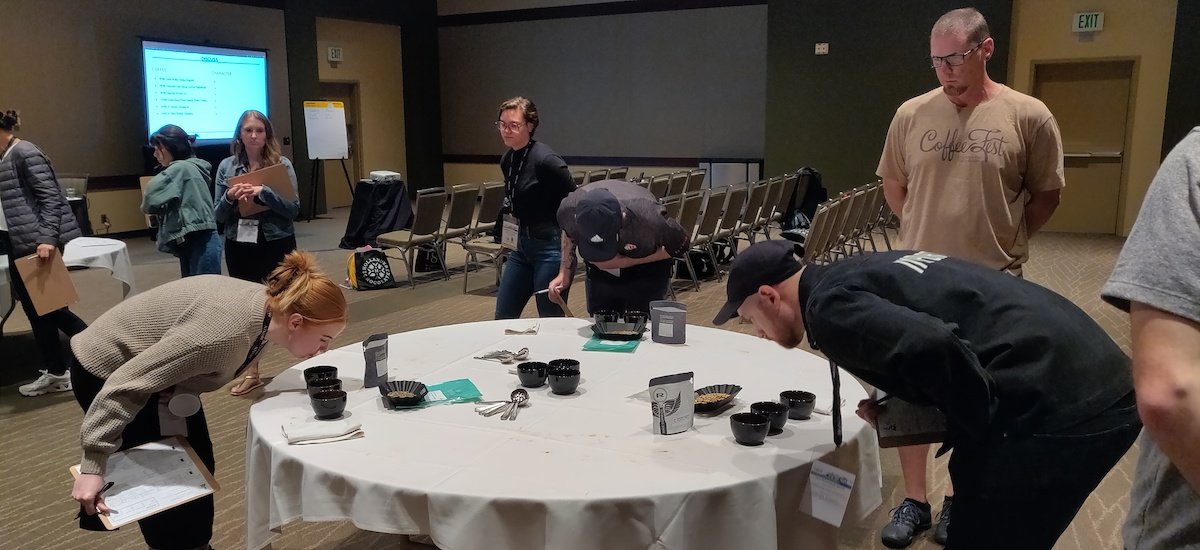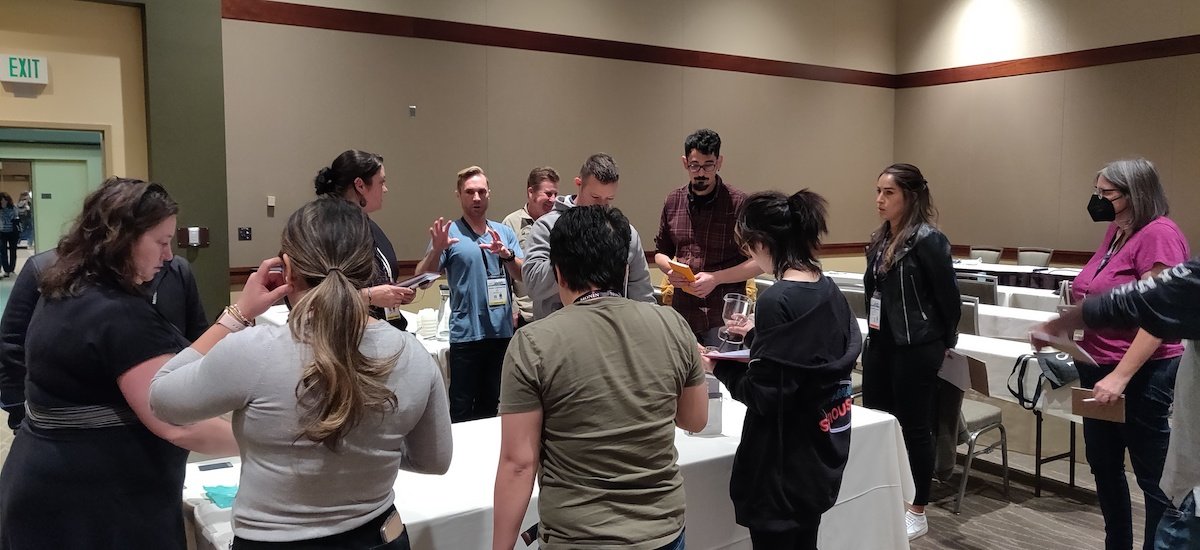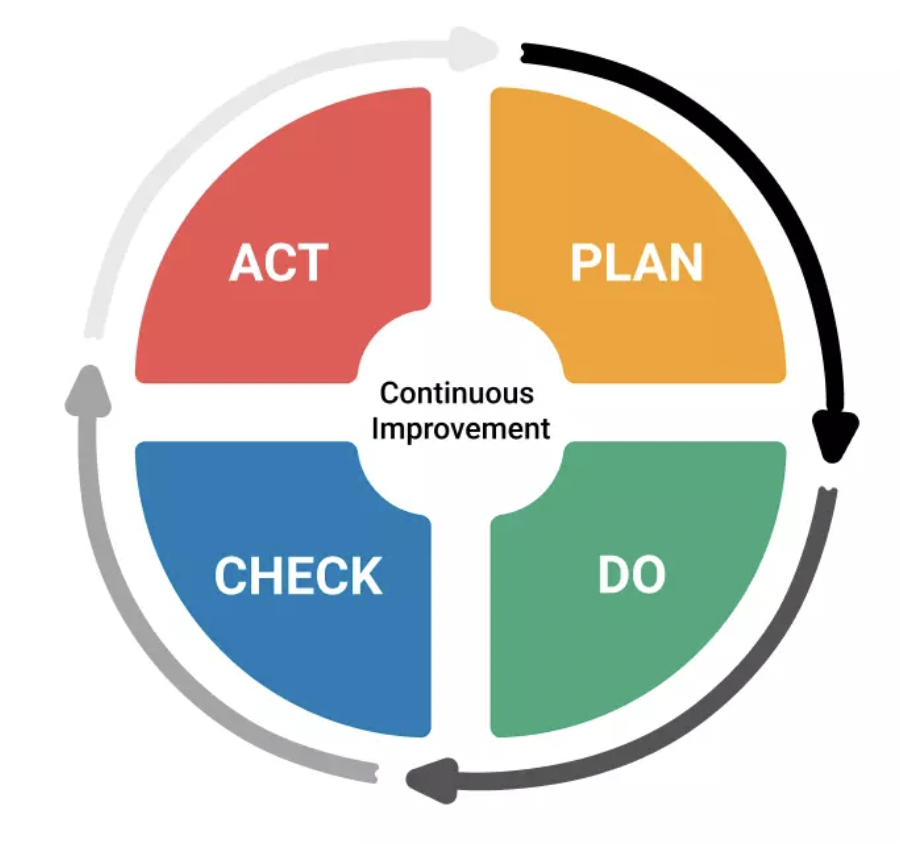Presented at Coffee Fest, Seattle, WA
Saturday 1 Oct, 2022
By Adam S. Carpenter
Founder & Lead AST
ROCC Coffee Co.
Greeting & Invitation
Thank you for attending this session!
I’m excited to work on this topic together with you today. We are all learning and growing to develop better coffee cupping and sensory skills. This is one of three sessions prepared for Coffee Fest PNW, 2022.
Developing and Maintaining a Coffee Training Program.
How to Get the Best from Your Beans: from Sample, to Profile to Production Roasting.
Cupping Controversial Coffees.
If you are interested in these other sessions or would like to connect, I would be happy to share and dialogue.
This session has an accompanying PDF available by blog and email. There may also be discount codes available if you wish to join one of our certified Specialty Coffee Association courses always available online.
We also have great training kits available at www.sca.training with tools and equipment at www.rocc.coffee.
Introduction
I approach our time together with humility. I know in the crowd we have coffee experts with experiences beyond my own. I am always learning and looking forward to be challenged, so I appreciate your grace as I too extend grace to you on the path of study and practice you are currently walking.
My name is Adam and I love helping people and businesses grow. Our vision at ROCC is to use training and tools to build a Global Community and Provide a Playground that Makes Life Better.
I grew up on a small farm in Michigan drinking Folgers instant coffee with my dad and grandpa. They worked hard and I wanted to be like them. In university I had the chance to stay at a Costa Rican coffee farm. Picking coffee cherries by day and playing futbol at night changed my life.
My wife and I married, went to China as English teachers and then in 2012, I opened Central China’s first artisan coffee roastery - ROCC. We roasted wholesale coffees and had two retail outlets. One coffee window and one full Coffee Discovery Bar. In 2015 I started training as a fully certified AST with the SCAE running courses in both English and Mandarin Chinese all over China. Today I lead certified SCA courses online and offline in the Coffee Skills Program while supplying training tools and coaching for clients - especially roasters & labs.
I would be honored to work with you or your team to grow your business.
I LOVE to cup coffees, but honestly I was afraid of the SCA cupping form for quite a while. It felt cumbersome and I always had a creeping thought in the back of my mind, “you’re liking missing something or doing this wrong.” I want you to know that we all start somewhere and have similar fears or doubts. Doubt is inherent to sensory work and cupping because no-one of us has the complete picture. That’s why we cup coffees together and calibrate with one another to get closer to a group and global norm.
I LOVE cupping coffees and am proud to cup alongside you today!
Cupping Controversial Coffees
It’s time to introduce our six coffees. These coffees were selected to push the boundaries of the SCA cupping form and to stretch many of us outside of the normal coffees we are exposed to in our cafes, roasteries and sales catalog.
First, the SCA cupping form was designed for washed Arabica coffees. However many roasters use various processing methods such as: dry/natural, honey, semi-washed, and new experimental anaerobic processing methods. We have many of these today in addition to Robusta coffees (which have a different cupping form).
The SCA cupping form was designed for washed arabicas only.
After we smell and taste our coffees we will gather back together to share insights, ask questions and discuss any “Wow!” moments. We will also take a quick look at basic concepts with coffee species, grades, processing and roast impacts. If time permits or if it happens naturally we can calibrate our cupping results together.
Our Coffees
Our Robusta Table (3)
A high quality, Organic India bean from the Araku Valley, dry/natural processed.
A fine, Vietnam Lam Dong Central Highlands bean “winey” dry/natural processed.
A standard, Uganda Screen 15 dry/natural processed bean.
Our Arabica Table (3)
A commercial grade India Kent/Timor Blend, from Araku Valley dry/natural processed.
A specialty anaerobic honey process bean from Honduras.
A specialty anaerobic wet hulled Sumatra coffee.
Cupping and Sensory Rules
Regardless of the audience, I want to ensure that we are on the same page with our cupping protocols. We want to adhere to SCA cupping standards as instructed by the SCA Cupping Protocol (available PDF) practiced around the world. If you are unclear about roast, ratio, grind, water, etc. variables, we can discuss these at the end of our session. However, I’d also like to remind us of cupping etiquette.
My house rules (established from cupping cross-culturally for over a decade) is that there are many bad habits or personalized preferences that can interfere with others proper cupping experiences. Together out of etiquette let’s focus on creating an optimal atmosphere and environment for others by collectively:
Affirming this is a judgment free zone, where we are collaborating - not competing.
Not whistling, creating drama or drawing attention to ourselves through our slurping habits. We should be attuned to the coffees and seek to not disturb others.
Restraining from moving cups, shaking grounds and otherwise disturbing the cupping setup.
Not moving too slowly (give everyone a chance) and not pushing up near or pressuring the person in front of us. We should move at a steady pace and at times, we may not be able to catch our cupping results, but should move for the next person to have a chance.
Using a dispensing cup or 2 spoons with one designated to slurp and the other designated to transfer coffee without transferring germs.
Keeping thoughts and reflections to ourselves so as to not influence others.
Attempting to use the SCA cupping form.
Have fun, let’s cup these controversial coffees.
Cupping Feedback
This will not be a perfect calibration, and I failed to fill out my SCA Cupping form with you. Many apologies as I was too busy enjoying conversations and instructing on cupping and curiosity. However, the quick feedback and insights below will help launch us into our next section discussing species, processing, grades, roasts, etc.
Robusta
Organic India Araku Valley
Earthy, Corn Nuts, Smoke, Roasty, Phenol, Green Grass, Metallic, Nutty
Vietnam Lam Dong “Winey”
Dried Fruit, Fig, Peanuts, Hazelnut, Dark Chocolate, More mellow than India
Uganda Screen 15
Metallic, Bitter, Oil, Petrol, Rubber
Arabica
Commercial India Kent/Timor Blend
Earthy, Woody, Tamarind, Spice, Orange, Bell Pepper, Cherry
Specialty anaerobic honey Honduras
Fruity, Bright, High Lemon Citrus Acidity, Sweet
Specialty anaerobic wet hulled Sumatra
High Complex Acidity, Tabasco, Cheese, Herbal Tea, Sweet
Coffee Species
In general Arabica Coffees will have much more sweetness and acidity than equivalent Robusta Canephora Coffees. Though both are a part of the same family: Rubiaceae, they are unique species, growing in different climates as different trees with differing fruit and seeds (coffee).
The Cafe Imports Coffee Family Tree is a fantastic resource to visually see how the coffee species are related but distinct from one another. Our understanding of Arabica is that it naturally evolved first in the region of Ethiopia while Robusta Canephora evolved further southwest on the borders of Uganda and the Democratic Republic of Congo.
As different trees growing in different regions the coffee flavor profiles can be generalized with the following distinctions. As the name suggests “Robusta” is more “Robust” as a tree and flavor profile than Arabica.
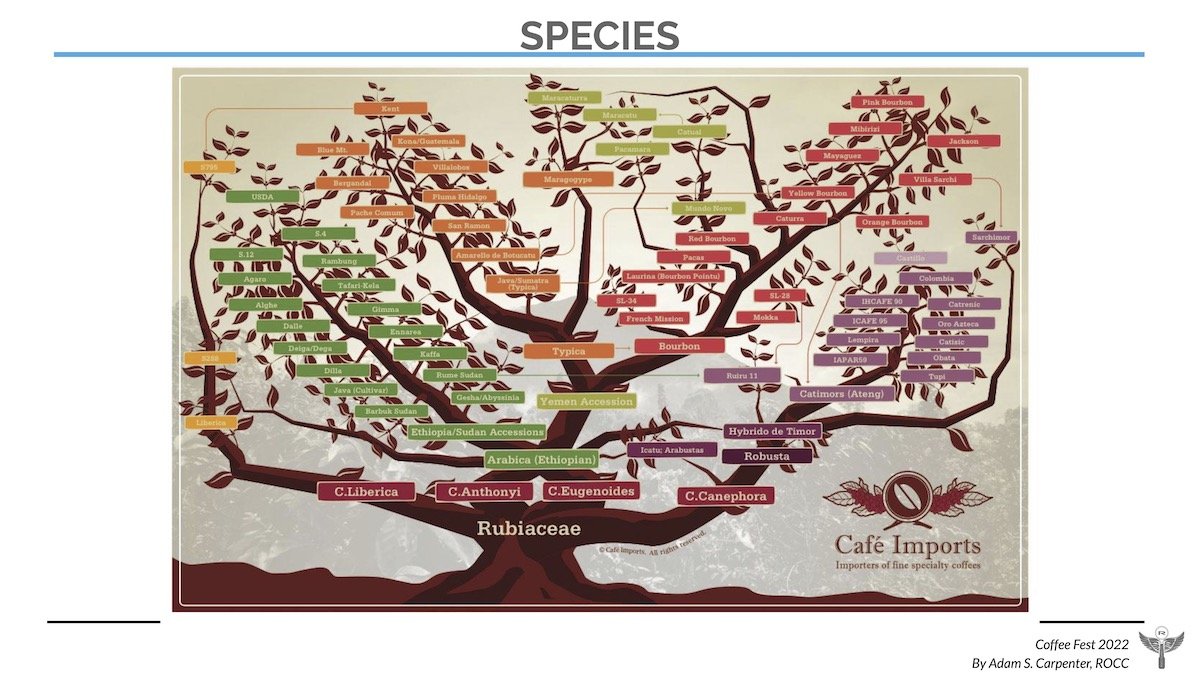
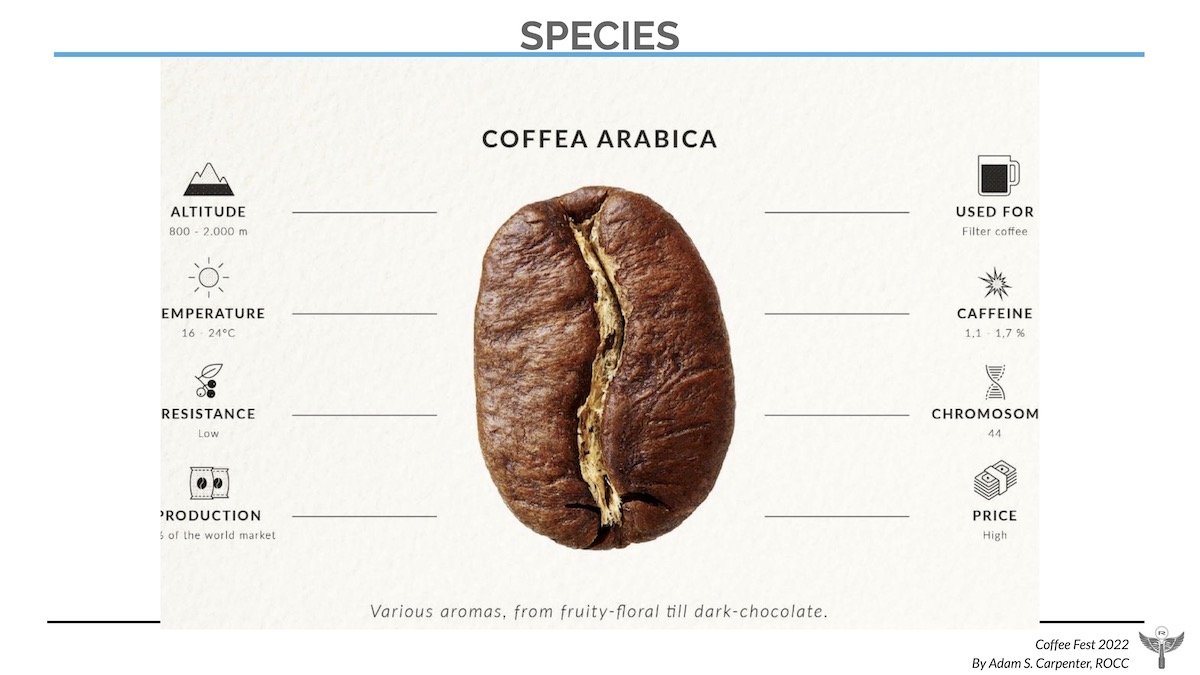

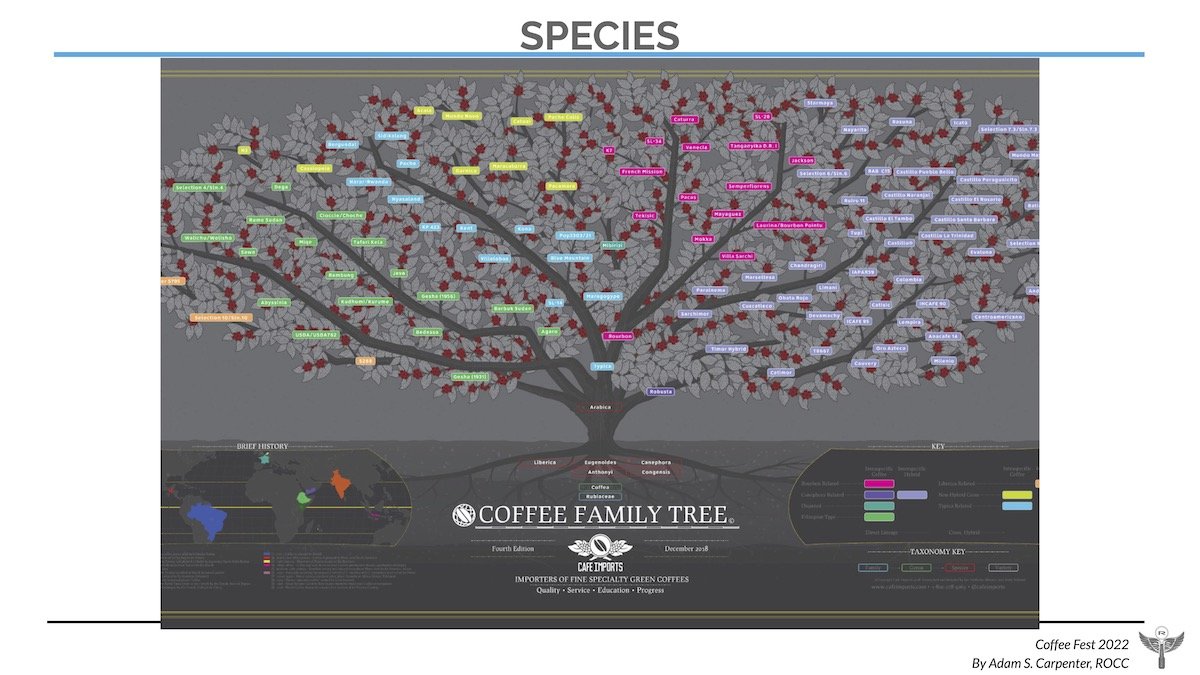
Roasting, Processing and Other Impacts
Coffee is such a dynamic and complex fruit that we should never create hard and fast rules. While it is tempting to generalize in a manner as we did above saying “Robusta Canephora is juxtaposed with Arabica… or it is this and not this…” such generalizations are only starting points.
As we saw from our cupping experiences there can be an array of cup qualities in a Robusta Canephora when it is more carefully screened and processed as the Vietnamese coffee was. Likewise we can see a great discrepancy between the Indian Commercial Kent/Timor blend as compared to the neighboring Sumatra wet hulled anaerobic. Many people have an idea in their mind that Sumatra (and wet hulled) coffees are lower in acid with chocolatey notes… a description that in no way fits our anaerobic wet hulled Sumatra.
We might understand processing and discuss it in “waves” as we do with first, second or third wave coffee. First wave processing was very much driven by climate and natural resources available to coffee growers. The challenge of drying and the abundance of water led Indonesia’s islands to pioneer wet hull processing while the abundant sun and drying conditions led many nations (such as the horn of Africa) to traditionally dry their coffees. These traditional processing methods have created strong expectations and stereotypes in our coffee buying, roasting and cupping work.
Today we are in a new and exciting wave of great experimental processing. Regions that traditionally dried coffee are washing. Regions that traditionally washed coffees or used water for processing are using more natural and mechanical drying methods. Even further experimental yeasts and anaerobic conditions are breaking down the walls of our sensory expectations.
We are in a great “new wave” of coffee processing
We need not speak much about roasting, except that the roasters job is to protect and accentuate the qualities inherent in the green coffee and through the skill of processing. The roaster may preserve and highlight or the roaster may destroy or cover over those aspects. In respect to our SCA cupping form (to come full circle) we should roast the coffees accurately and consistently to complete first crack at or near a whole bean color of 58 with a ground color of 63 on the Agtron Gourmet Color scale.
Coffee roasters should protect and accentuate the qualities of the green.
Closing Thoughts, Questions & Answers
In this presentation, I have shared many things which could be construed as “rules”, especially in regard to Arabica vs. Robusa Canephora. However, the world of coffee is dynamic and ever changing, so instead we will continue to be humble and open in our exploration together.
It’s question and answer time. I’d love to hear your thoughts, curiosities and struggles. We can dialogue in the chat here or elsewhere when you find this online.
Thank you for your time on this topic!
I have other presentations available at the www.sca.training blog.
Tools and equipment can also be found at the www.rocc.coffee lab.
If you would like to connect on this topic or with Specialty Coffee Training programs please reach out. My email list provides coupons and course information with link: http://eepurl.com/cZU5R1
Instagram @HowToCoffeePro

